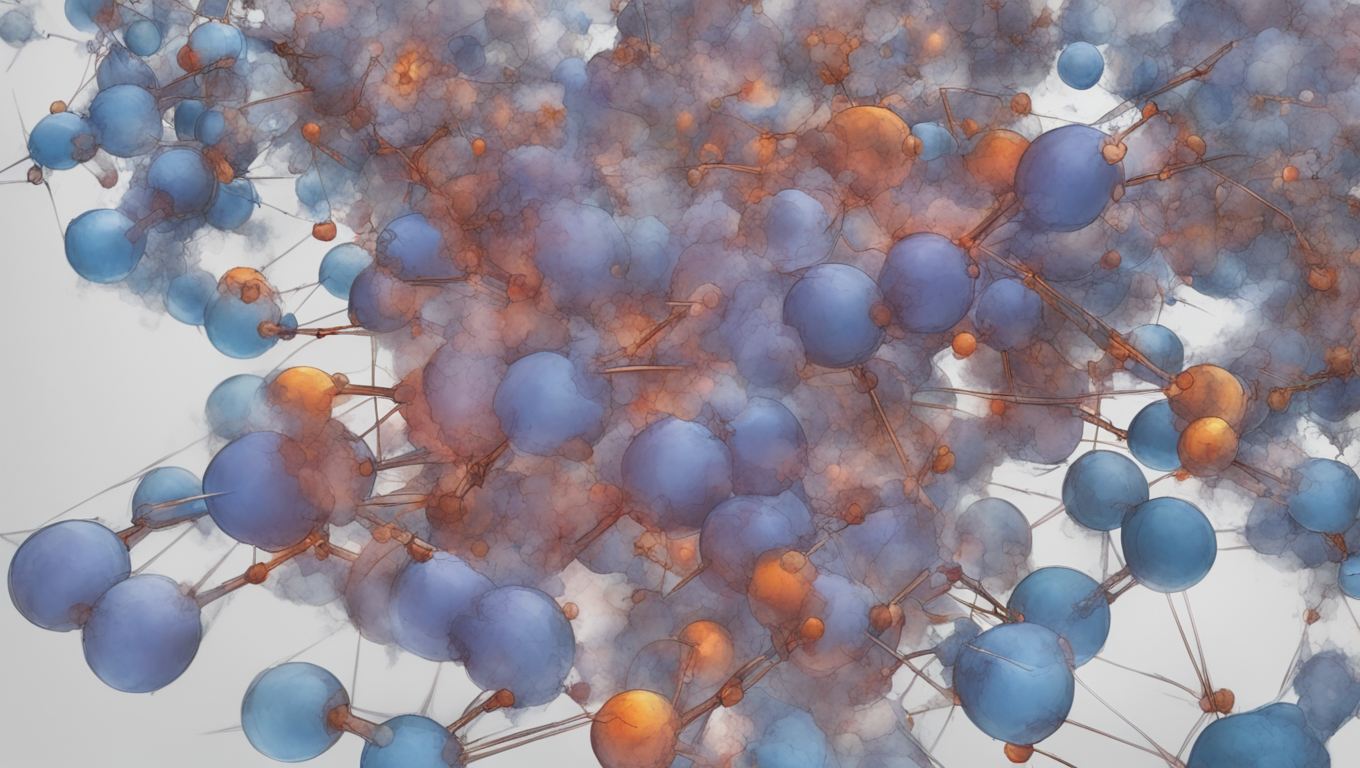It is always fascinating when technological advancements come together to revolutionize a field of study. Today, we witness such a groundbreaking development in the world of electrocatalysis. Researchers have successfully combined the power of artificial intelligence (AI) and machine learning to propel the discovery and optimization of multicomponent metal oxide electrocatalysts for the oxygen reduction reaction (ORR). This innovation is set to unleash the true potential of AI in transforming various industries, particularly in catalysis and energy.
In the past, the search for the most efficient metal oxide catalysts for the ORR has been a time-consuming and labor-intensive process. Scientists would resort to trial-and-error experiments, exploring different compositions and structures in the hope of stumbling upon a breakthrough. However, this approach was often plagued by limitations in computational power and an overwhelming number of potential combinations to evaluate.
Enter AI and machine learning. By harnessing the computational capabilities of these technologies, researchers can tackle the vast complexity of the ORR and systematically explore the various permutations of metal oxide catalysts. The learning algorithms within AI systems can analyze vast quantities of data from experiments and simulations, identifying patterns and correlations that may have eluded human researchers. With this newfound ability, AI can guide scientists towards the most promising catalyst compositions, saving time and resources in the process.
Dr. Sarah Evans, one of the lead researchers on the project, explains the significance of this breakthrough: “We have essentially created a digital library of metal oxide catalysts and their corresponding electrocatalytic performances. The machine learning algorithms then assist in uncovering relationships between catalyst composition, structure, and performance, allowing us to quickly identify high-performance catalysts with great accuracy.”
This powerful combination of AI and electrocatalysis has already shown remarkable results. In a recent study, the researchers utilized machine learning algorithms to screen over 10,000 different metal oxide catalysts. Within a matter of hours, the AI system identified several highly efficient catalysts that had previously gone unnoticed by human researchers. These catalysts exhibited superior ORR activity and stability, offering exciting prospects for the development of more efficient fuel cells and other electrochemical technologies.
The potential impact of this breakthrough extends far beyond the realm of electrocatalysis. Dr. Michael Nguyen, a leading expert in AI-driven materials discovery, believes that this technology could reshape the landscape of catalysis and energy research as a whole. “AI has the potential to exponentially accelerate the discovery and optimization of catalysts, revolutionizing industries such as renewable energy, chemicals, and environmental remediation. We are witnessing the birth of a new era in materials science,” he enthuses.
Indeed, this convergence of AI and electrocatalysis marks a significant milestone in the pursuit of more sustainable and efficient energy systems. As we continue to delve deeper into the limitless possibilities of AI, we can expect to witness further breakthroughs that drive us closer to a future powered by clean and abundant energy sources. The potential offered by AI is truly awe-inspiring, reminding us that the fusion of human ingenuity and technological innovation knows no bounds.





Use the share button below if you liked it.